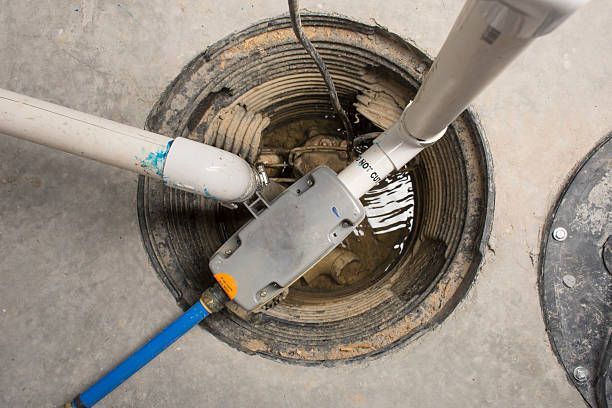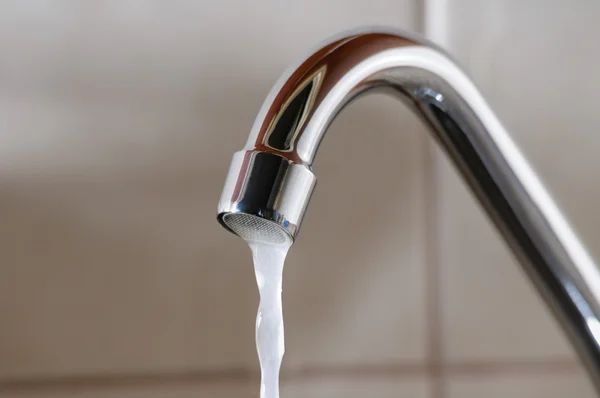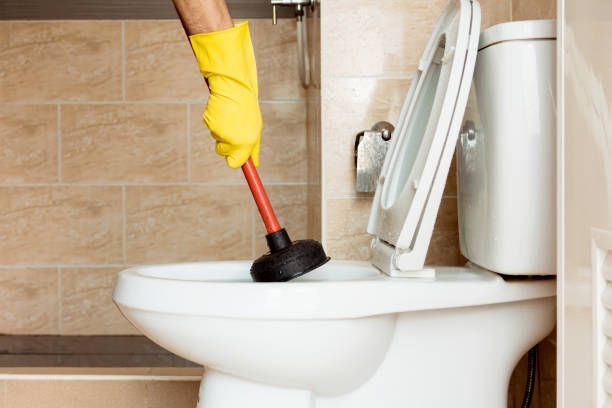A Guide to Pipe Maintenance for your Home
This is a subtitle for your new post

Keep your home in top shape with regular maintenance and professional care. A small leak can grow into a major problem if you don't take care of it quickly.
- Pipes are the unsung heroes of our homes, quietly delivering water and gas to our faucets, showers, and appliances without much thought from us. That is, until something goes wrong. A burst pipe or a leak can wreak havoc on your home, causing water damage and potentially costly repairs. To avoid such disasters, it's essential to maintain your pipes regularly. Here's a comprehensive guide on how to keep your residential pipes in top condition.
- Regular Inspections: Prevention is always better than cure. Make it a habit to inspect your pipes regularly for any signs of wear, corrosion, or leaks. Check both visible and hidden pipes in basements, crawl spaces, and under sinks. Look for rust, bulges, or discoloration, as these are indicators of potential issues.
- Keep Them Clean: Over time, pipes can accumulate sediment, mineral deposits, and debris, which can lead to clogs and reduced water flow. Regularly clean your drains using non-corrosive, eco-friendly cleaners or homemade solutions like baking soda and vinegar. Avoid using harsh chemicals that can damage your pipes.
- Monitor Water Pressure: High water pressure can strain your pipes and increase the risk of leaks and bursts. Invest in a water pressure gauge to monitor the pressure regularly. If it consistently reads above 80 psi, consider installing a pressure regulator to keep it within the recommended range of 40-80 psi.
- Prevent Freezing: Frozen pipes are a common problem during the winter months, especially in colder climates. Insulate exposed pipes in unheated areas such as attics, basements, and crawl spaces to prevent freezing. During extreme cold snaps, leave faucets dripping to keep water flowing and relieve pressure on the pipes.
- Address Leaks Promptly: Even small leaks can lead to significant water damage over time. If you notice any signs of a leak, such as dampness, mold, or a musty odor, don't ignore it. Trace the source of the leak and repair it immediately. In many cases, you can fix minor leaks yourself with plumbing tape or sealant.
- Protect Pipes from Damage: Pipes can be vulnerable to damage from accidental knocks, vibrations, and nearby construction work. Take measures to protect your pipes by installing pipe insulation, securing them with brackets or straps, and avoiding hanging heavy objects from them.
- Be Mindful of What Goes Down the Drain: Your pipes aren't designed to handle everything you throw at them. Avoid flushing anything other than toilet paper down the toilet, and use drain strainers to catch hair and debris in sinks and showers. Dispose of cooking grease and oil properly instead of pouring them down the drain, as they can solidify and cause clogs.
- Schedule Professional Maintenance: While there are many tasks you can do yourself to maintain your pipes, it's also wise to schedule regular inspections and maintenance by a licensed plumber. A professional can detect hidden issues, perform thorough cleanings, and offer expert advice on how to keep your pipes in optimal condition.
By following these tips and making pipe maintenance a priority, you can extend the lifespan of your residential plumbing system and avoid costly repairs down the road. Remember, a little preventive maintenance goes a long way in keeping your pipes flowing smoothly and your home safe and comfortable.
If you are unsure of the state your pipes are in, contact us to have a look. Our professionals are the best plumbers around and are trained to spot any oddities when looking at pipes.
Contact Us
We will get back to you as soon as possible.
Please try again later.
You might also like
Book a Service Today
We will get back to you as soon as possible
Please try again later
Quick & Reliable
We are available 24/7 via email or telephone
Location
Call
New Paragraph
Navigation
Services

All Rights Reserved | Company Name | Powered by Snapps
Disclaimer: This site functions to generate leads for businesses in the High Point area


